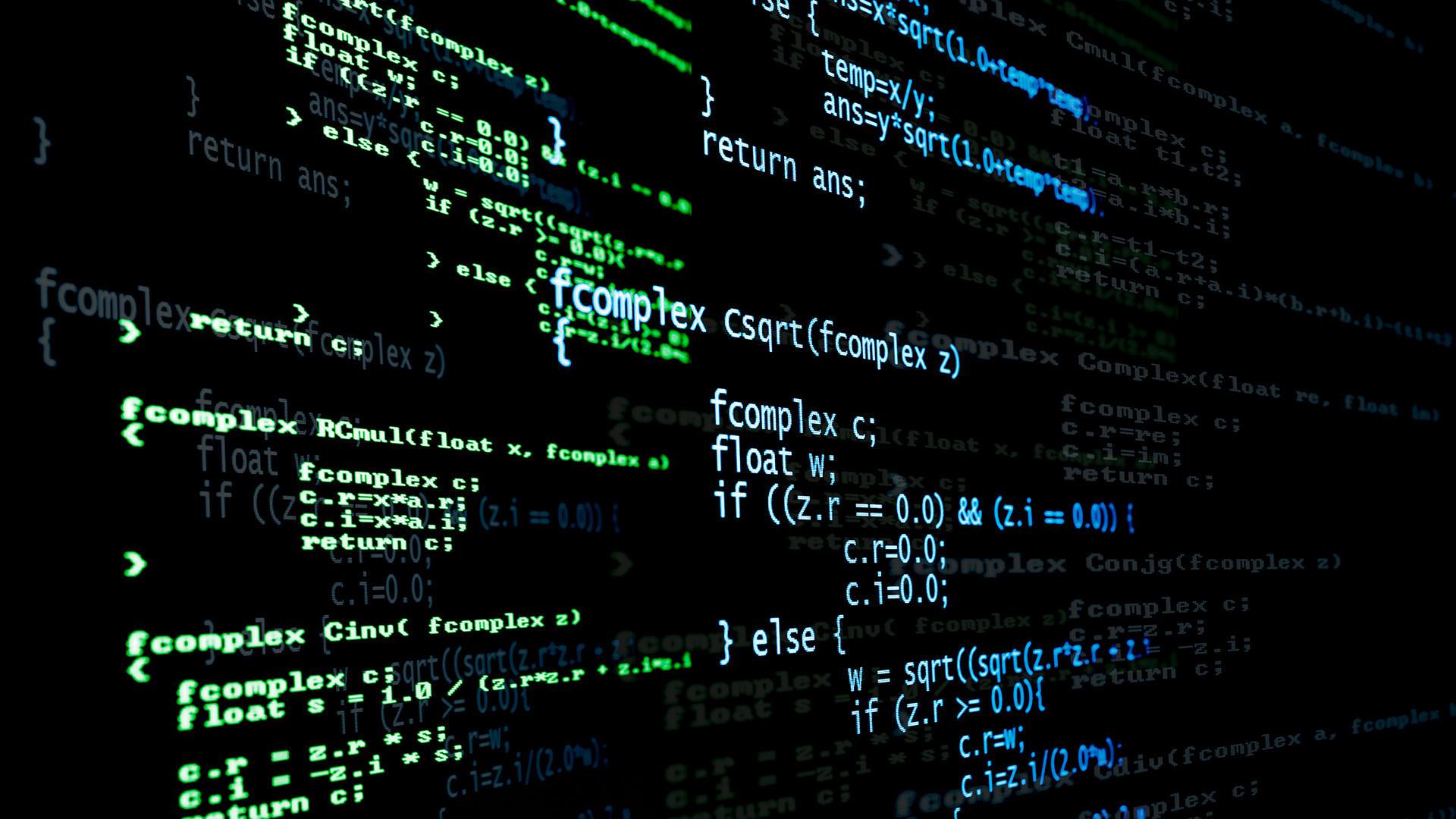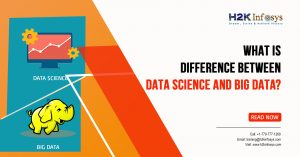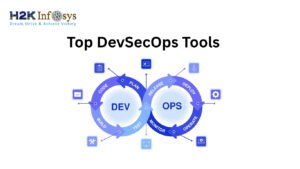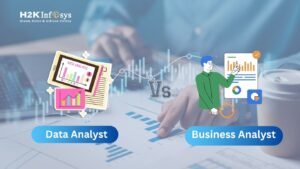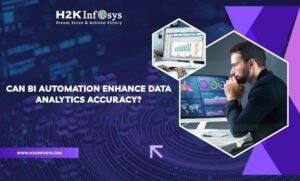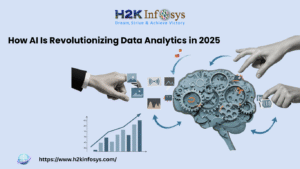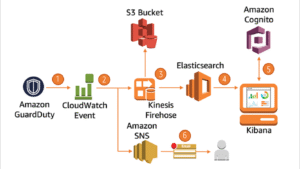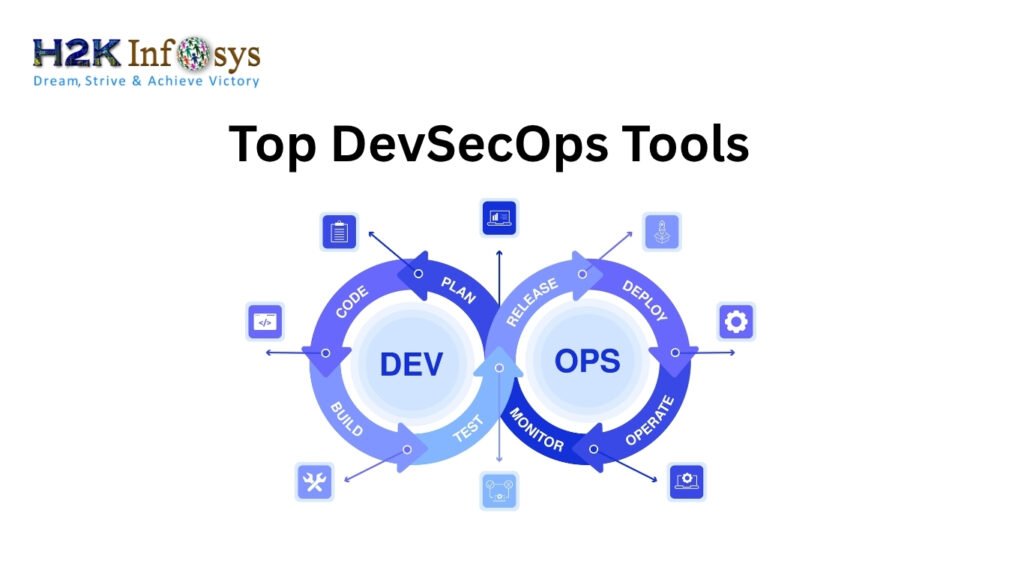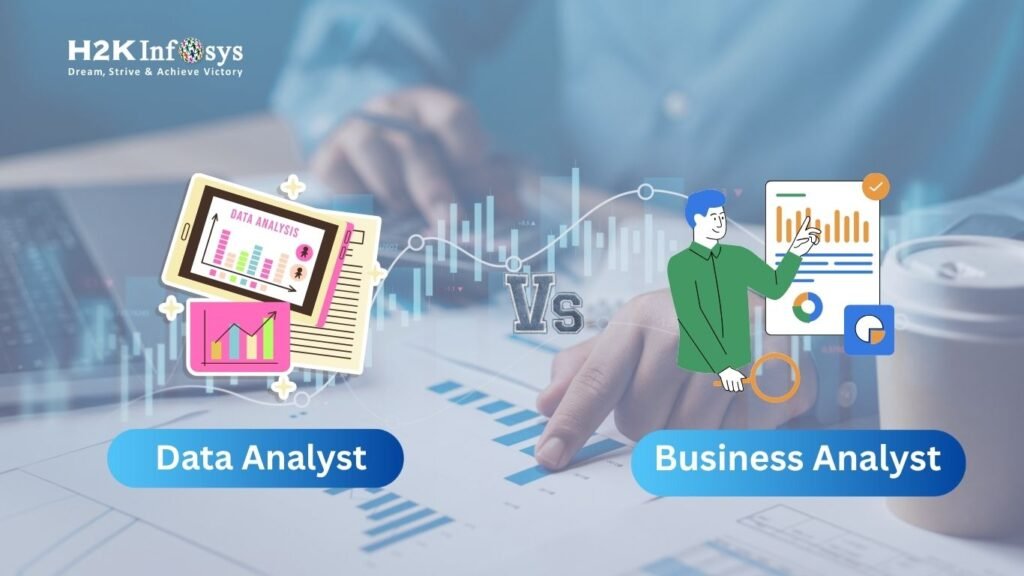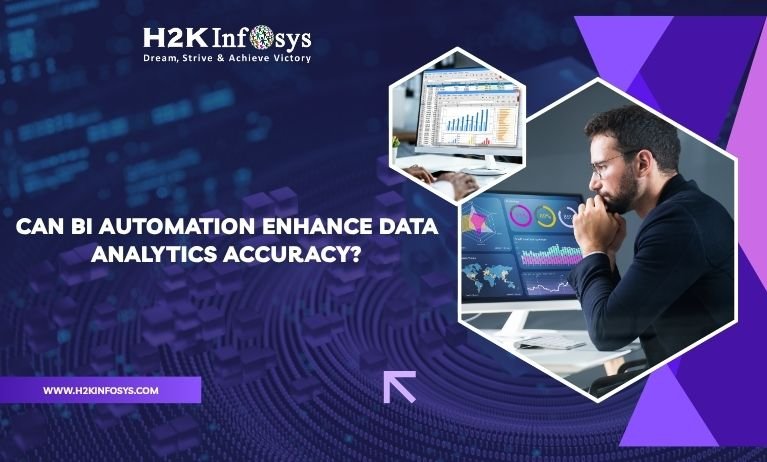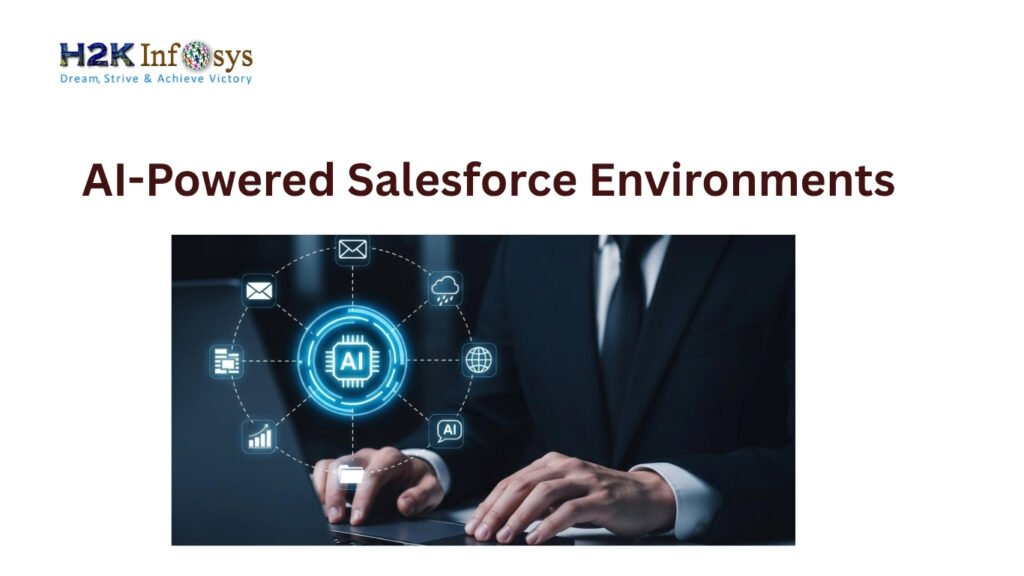Introduction
Python has quickly become one of the most popular programming languages, especially in data science, due to its simplicity and versatility. As businesses increasingly rely on data to drive decision-making, Python’s role in data science continues to grow. For anyone considering a career in data science, mastering Python is a vital step, and online courses, such as H2K Infosys’s Data Science using Python programming Online Training, provide the essential knowledge and hands-on experience to excel.
In this blog, we’ll explore the pros and cons of Python programming in the context of data science, along with real-world applications, examples, and insights into why Python remains a top choice for data professionals. We’ll also discuss how you can leverage Python through online courses to build a strong foundation in data science.
Pros and Cons of Python Programming
Pros of Python Programming
Ease of Learning
- Beginner-Friendly Syntax: Python is widely known for its easy to read and write syntax, making it an excellent choice for beginners and professionals transitioning into data science. Unlike languages like Java or C++, Python’s minimalistic and clean syntax makes learning straightforward.
- Real-World Example: A student without programming experience can quickly pick up Python and begin performing data manipulation tasks in just a few weeks of training in an online course for Python data science.
Extensive Libraries and Frameworks
- Rich Ecosystem for Data Science: Python offers a plethora of libraries like NumPy, Pandas, Matplotlib, and SciPy that simplify data manipulation, analysis, and visualization. It also includes powerful frameworks such as TensorFlow and PyTorch for advanced machine learning and AI projects.
- Case Study: In a recent study by Kaggle, more than 60% of data scientists identified Python as their primary programming language, largely due to its comprehensive libraries and frameworks tailored for data analysis and machine learning.
Versatility and Flexibility
- Multi-Purpose Language: Python can be used not only for data science but also for web development, automation, artificial intelligence, and big data analytics. This versatility enables data scientists to work on diverse projects without learning multiple languages.
- Example: A Python developer could work on a big data project using PySpark for large-scale data processing and seamlessly transition into a data visualization task using Matplotlib.
Active Community and Strong Support
- Global Developer Community: Python boasts an active and engaged community that constantly contributes to the improvement of its libraries, making it easier to find support or tutorials.
- Industry Insight: The growth of Python data science free online courses is directly linked to this community-driven development, ensuring that new learners have access to the latest trends, best practices, and updated resources.
Cons of Python Programming
Slower Speed Compared to Compiled Languages
- Performance Limitations: Python is an interpreted language, meaning it runs slower than compiled languages like C++ or Java. This can be a disadvantage in performance-heavy applications, such as real-time trading platforms or high-frequency stock market analysis.
- Solution: In the data science world, the impact of Python’s speed limitations is often mitigated through its integration with faster libraries written in C or Fortran, or by using just-in-time (JIT) compilers like Numba for optimization.
Weak in Mobile Computing
- Not Ideal for Mobile Apps: Python’s design doesn’t cater well to mobile development, meaning it isn’t commonly used in mobile computing environments. For data scientists looking to develop mobile applications or mobile data solutions, learning additional programming languages might be required.
- Alternatives: For mobile applications, developers often turn to Java, Swift, or Kotlin, which offer better performance and optimization for mobile environments.
High Memory Consumption
- Memory-Intensive: Python tends to consume more memory, making it less ideal for applications that need to manage a large volume of real-time data in limited memory environments.
- Example: For massive datasets in Python big data courses, developers need to use efficient memory management strategies or tools like Desk to handle distributed computing tasks.
Threading Limitations
- Global Interpreter Lock (GIL): Python’s GIL restricts multi-threading, which can slow down CPU-bound programs. For multi-threaded applications, developers may need to use parallel programming techniques or switch to languages optimized for concurrency, such as Java or Go.
Why Choose Python for Data Science?
Despite some of its limitations, Python programming continues to be the top choice for data scientists across the globe, and for good reasons. Its strengths, especially in the realms of data manipulation, analysis, and visualization, far surpass its drawbacks. Python’s simplicity, flexibility, and vast ecosystem of libraries make it a highly accessible language, not only for beginners but also for seasoned professionals in the field of data science.
One of the key factors contributing to Python’s popularity is its ability to handle a wide variety of data science tasks with ease. Whether you’re cleaning large datasets, conducting complex statistical analyses, or building predictive models, Python has the tools and frameworks needed to get the job done efficiently. Libraries such as Pandas and NumPy allow data professionals to manipulate data seamlessly, while visualization tools like Matplotlib and Seaborn help in creating compelling visual representations of that data.
Moreover, Python’s relevance extends far beyond traditional data analysis. Its growing use in big data, machine learning, and artificial intelligence has solidified its position as a must-know language in modern data science. Frameworks like TensorFlow and PyTorch make Python programming the go to language for developing machine learning models, whether you’re working on simple classification tasks or building deep learning networks for image recognition or natural language processing. This makes Python indispensable for industries ranging from finance and healthcare to e-commerce and tech startups.
As big data and AI continue to dominate industries, Python’s role is only expected to grow. With its ability to handle large scale data processing, develop machine learning algorithms, and integrate seamlessly into big data frameworks like Hadoop or Apache Spark, Python’s applicability is virtually limitless. This versatility, paired with its user-friendly nature, makes it an ideal language not just for today, but for the data-driven future as well.
A Python data science free online course can provide you with the foundational skills to understand how Python works in the data science ecosystem, while advanced Python big data courses can help you handle large-scale data processing challenges.
Practical Applications of Python in Data Science
Data Wrangling and Cleaning:
- With libraries like Pandas and NumPy, Python allows users to clean, reshape, and filter massive datasets with just a few lines of code. For example, a data analyst can use Python to clean a messy financial dataset and transform it into usable information for business decision-making.
Machine Learning and Predictive Analytics:
- Python’s compatibility with TensorFlow and Scikit learn makes it an ideal tool for building machine learning models, from basic linear regression to more complex neural networks. It’s also widely used in deep learning applications such as image recognition and natural language processing.
Data Visualization:
- Python offers robust libraries like Matplotlib, Seaborn, and Plotly that can be used to create dynamic and interactive visualizations, helping data scientists communicate their findings more effectively to stakeholders.
Conclusion
Python’s rise to prominence in the world of data science is no accident. Its growth and widespread adoption are the results of deliberate design choices and a well-rounded ecosystem that cater specifically to the needs of data professionals. One of Python programming’s most significant advantages is its user-friendly syntax, which allows both newcomers and seasoned programmers to write clean, readable code with minimal complexity. This ease of use makes it especially appealing in data science, where the focus is on interpreting data, deriving insights, and building models, rather than being bogged down by complicated coding syntax.
Beyond its simplicity, Python programming is equipped with a vast range of powerful libraries and frameworks tailored to every aspect of data science. Libraries like Pandas, NumPy, and SciPy make data manipulation and analysis straightforward, enabling analysts to work with large datasets efficiently. For those focusing on machine learning and artificial intelligence, libraries such as TensorFlow, Scikit-learn, and PyTorch provide robust tools to build predictive models and neural networks. This extensive collection of resources enables data scientists to tackle everything from basic data cleaning to cutting-edge deep learning applications, all within the Python ecosystem.
Flexibility is another key factor that cements Python programming status as a go to language for data professionals. Its versatility allows it to be used in multiple domains beyond data science, including web development, automation, and even big data processing through frameworks like Apache Spark. This cross-disciplinary usability ensures that Python remains relevant in a wide array of industries, from tech and healthcare to finance and e-commerce, where data-driven decision-making is critical.
While Python does have some limitations, such as slower execution speeds compared to compiled languages like C++ or Java, and its unsuitability for mobile computing, these drawbacks are generally overshadowed by its strengths. In data-driven industries, where the focus is on data manipulation, analysis, and the development of machine learning models, Python’s benefits far outweigh its disadvantages. Its ability to rapidly prototype, test ideas, and scale projects efficiently makes it the language of choice for data professionals looking to solve complex problems.
In summary, Python programming ascent in data science is a result of its carefully crafted features that align perfectly with the needs of modern data professionals. Its intuitive syntax, powerful libraries, and unmatched flexibility make it indispensable for those looking to harness the power of data, ensuring that Python remains a dominant force in data-driven industries worldwide. Whether you’re a beginner learning the language through an online course in Python data science, or an advanced practitioner working on big data projects, Python’s advantages will empower you to excel in this rapidly evolving field.
Whether you are looking to enroll in an online course for Python data science or a more advanced Python big data course, H2K Infosys offers comprehensive training programs that ensure you are well-equipped to meet the demands of the modern data science landscape. These courses cover everything from basic Python programming to advanced data analysis and machine learning techniques.
Key Takeaways:
- Python is essential for data science due to its simplicity, extensive libraries, and versatility.
- Despite its slower speed and memory consumption, Python excels in areas like machine learning, data visualization, and big data analytics.
- To gain practical, hands-on experience, consider enrolling in a Python programming data science online course and begin your journey toward mastering the skills that are in high demand today.
Call to Action
Ready to dive deeper into Python programming for data science? Enroll in H2K Infosys’s Data Science using Python Online Training today to learn from industry experts, gain practical experience, and unlock your career potential. Start your journey towards becoming a Python data science expert by joining our free online course today!
